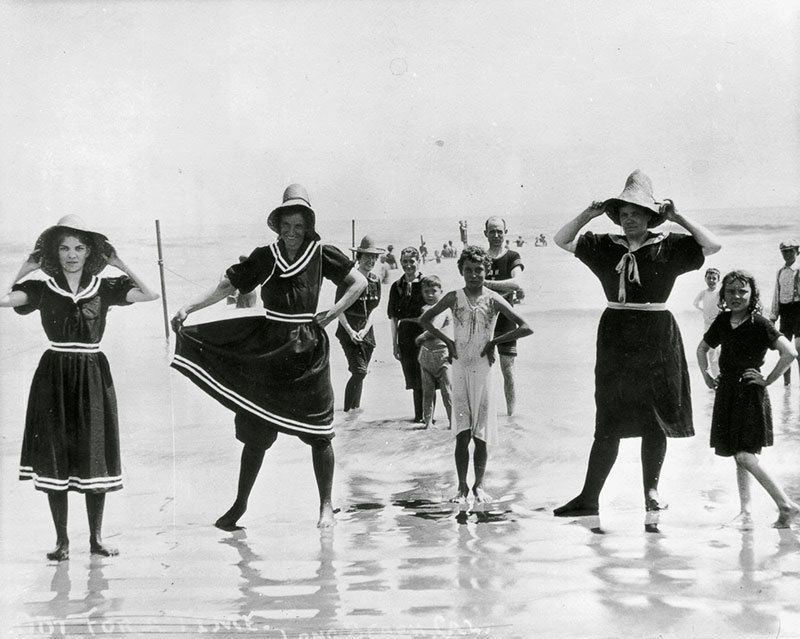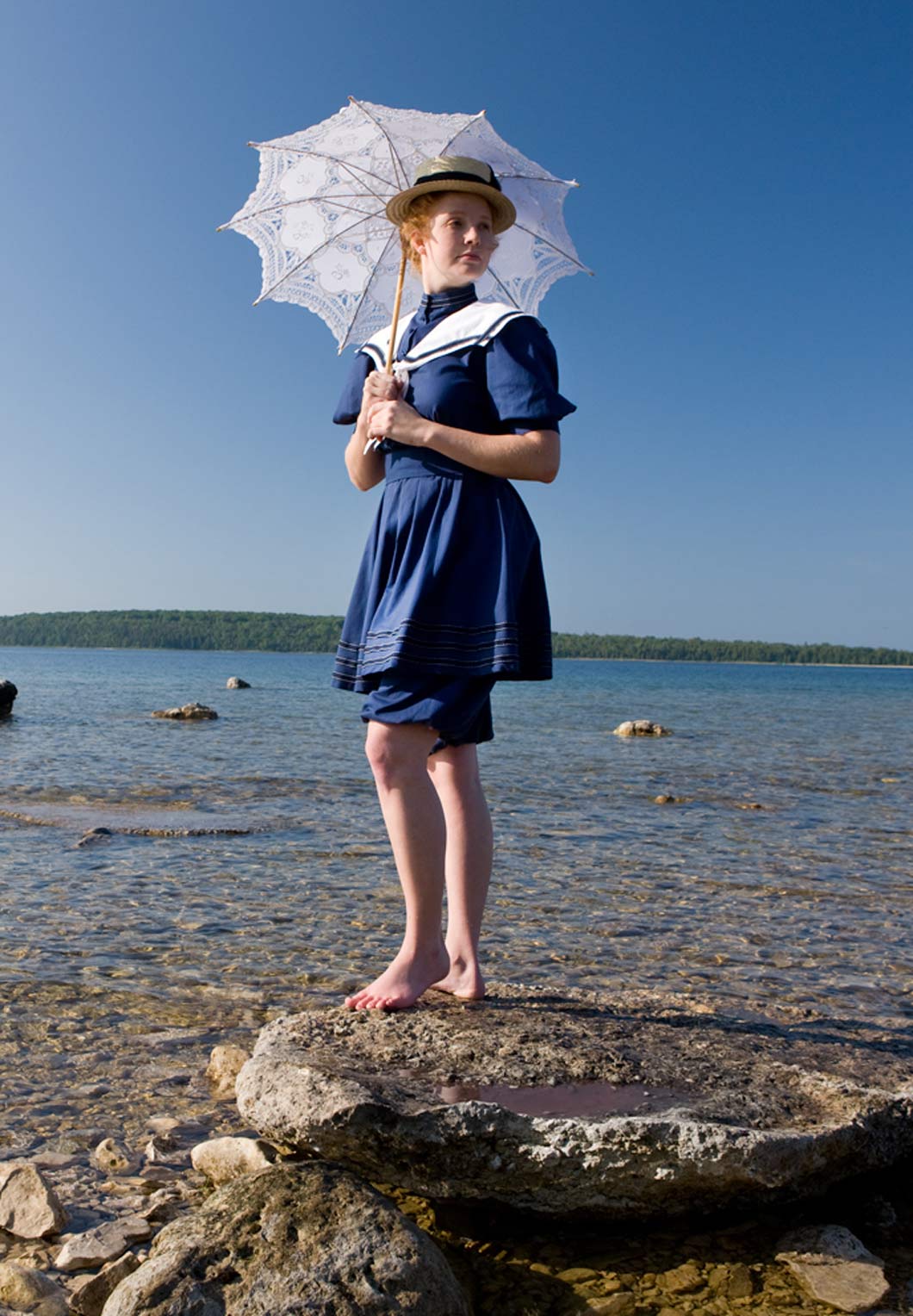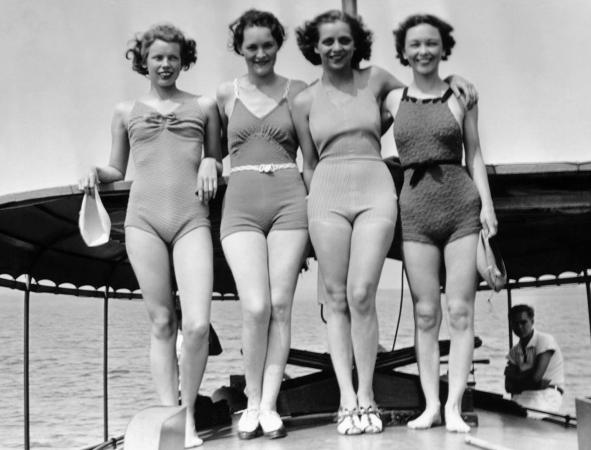The swimsuit, over its long and thorny path of evolution, has been criticized as mercilessly as any other clothing. In modern times, this is a common thing for every woman. Today I will dive into history and tell you how the fashion for swimsuits has changed since the first prototypes.
Where do legs come from?
In 1712, Jean-Jacques Rousseau, a philosopher, humanist and educator, was born. All of Europe was carried away by his ideas of naturalism and unity with nature. This led to the emergence of prerequisites for the creation of beach suits. They appeared already at the end of the eighteenth century.
The first swimsuits differed little from dresses: bodices decorated with flounces, fluffy skirts, to which weights were sewn so that the hem would not float up. They also had to wear trousers, stockings and shoes. An equally obligatory accessory was a hat or cap.

@All That's Interesting
Naturally, it was difficult to get out of the water and walk along the shore in clothes heavy with moisture. However, no one was going to liberate himself yet.Instead, horse-drawn bathing machines were invented! They drove straight into the river, the woman splashed around, and then cleaned herself up inside the structure after leaving the water. The second function of the invention is to hide the lady from prying eyes.
First steps to freedom
The nineteenth century made the swimsuit dress a little more revealing. The sleeves disappeared, the hem shortened, and the neckline deepened. The outfit began to look like a mini-dress. In addition, it was allowed not to wear stockings, although they were still used until the beginning of the twentieth century.

@Recollections
By the way, a few words about beachwear for men. France has always been distinguished by its liberal views regarding swimwear. The French were the first to wear men's striped tights for water procedures. This happened in the second half of the nineteenth century. Before that, they wore a closed suit consisting of pantaloons sewn with a shirt. In the future, women also borrowed the cut of men's tights.
Not far from modernity
In 1907, Australian swimmer Annette Kellerman appeared on the beach in a dark, tight-fitting swimming suit, similar to a man's tights. She was arrested for “indecent” appearance. However, a precedent occurred and served as the beginning of change. Less and less fabric was needed to sew swimsuits, and there were even “moral guards” on duty on the beaches, measuring the length of the suit to the knee.

@FashionHistory
Already in the thirties, famous couturiers drew attention to beach fashion. Finally, there is a variety of styles and colors. The revolution broke out in 1932, when the French fashion designer Jacques Aime introduced the world to a set consisting of high shorts and a short T-shirt.Naturally, such an open model was not immediately accepted by society.

@History 101
A real explosion in the minds of the public occurred in 1946 at the hands of Louis Réard, a fashion designer from the Christian Dior fashion house. He created the bikini swimsuit for the first time. What’s funny is that the product got its name in honor of the island where nuclear tests took place. None of the models dared to demonstrate the new product. Only the stripper agreed to pose for the cameras. It took ten whole years for the bikini to win the hearts of women and become popular.
Today's affairs
The variety of modern swimsuits is off the charts. These are mostly minimalist models, although closed ones are still in trend.
However, the most interesting thing is that there is a tendency to return to the past. I'm talking about retro suits with high bottoms and a closed bodice. In the Muslim world, burkini swimsuits are generally popular, revealing only the feet, hands and face, as required by Sharia law. Where swimsuit fashion will go in the future is anyone's guess.


 0
0





